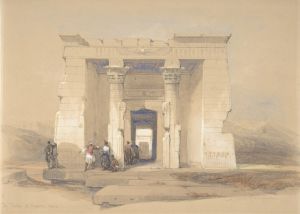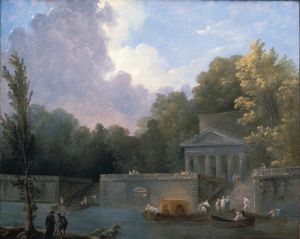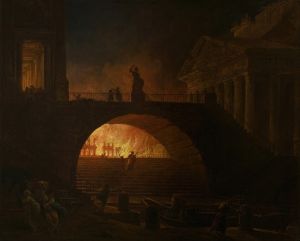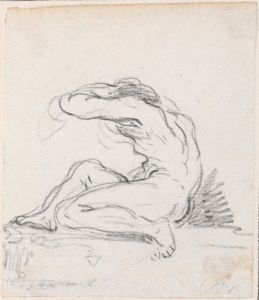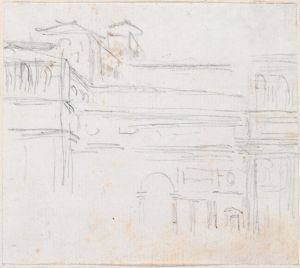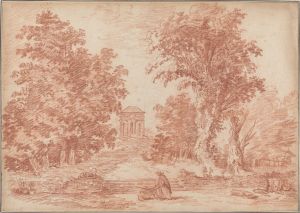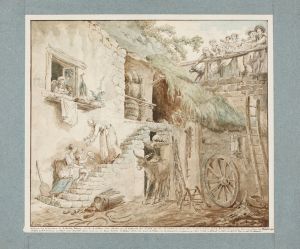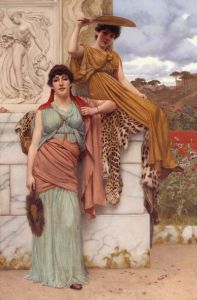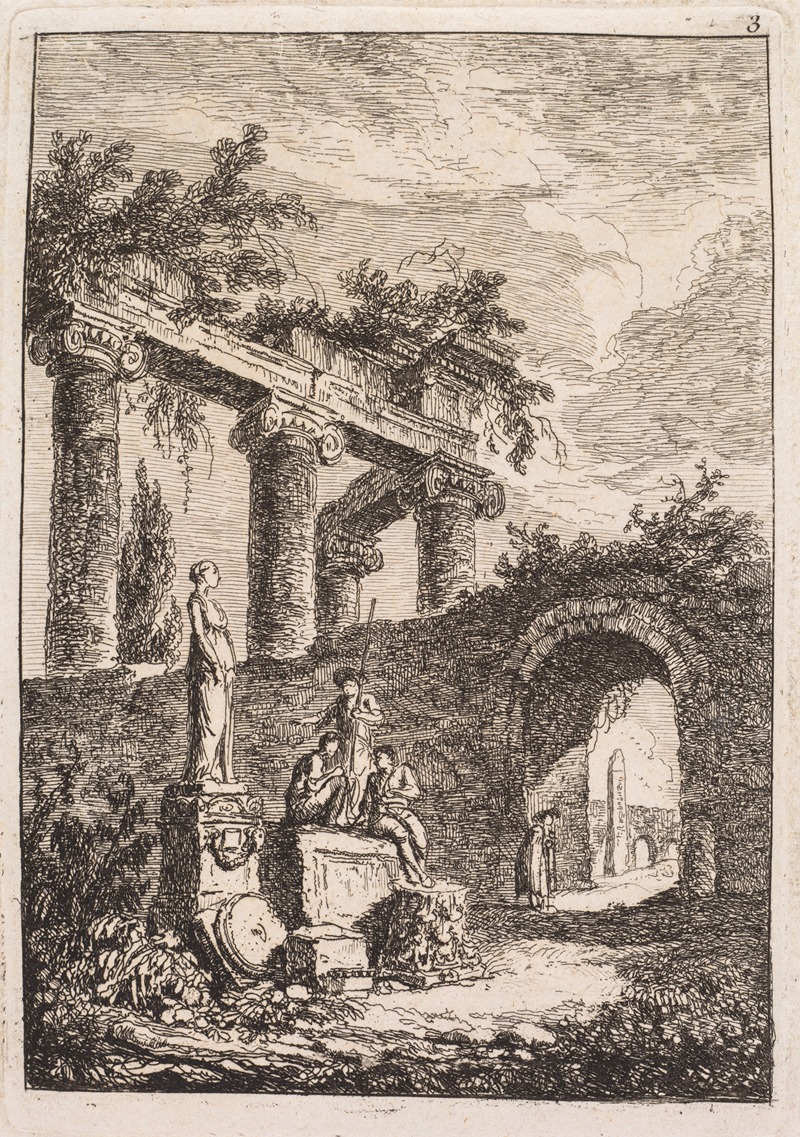
The Statue in Front of Ruins
A hand-painted replica of Hubert Robert’s masterpiece The Statue in Front of Ruins, meticulously crafted by professional artists to capture the true essence of the original. Each piece is created with museum-quality canvas and rare mineral pigments, carefully painted by experienced artists with delicate brushstrokes and rich, layered colors to perfectly recreate the texture of the original artwork. Unlike machine-printed reproductions, this hand-painted version brings the painting to life, infused with the artist’s emotions and skill in every stroke. Whether for personal collection or home decoration, it instantly elevates the artistic atmosphere of any space.
Hubert Robert was a prominent French painter known for his landscapes and capriccios, which often depicted classical ruins and imaginative architectural scenes. One of his notable works is "The Statue in Front of Ruins," a painting that exemplifies his fascination with the grandeur and decay of ancient structures.
"The Statue in Front of Ruins" captures a scene that is both romantic and melancholic, a hallmark of Robert's style. The painting features a classical statue prominently placed in the foreground, set against a backdrop of crumbling ruins. The juxtaposition of the enduring statue and the decaying architecture highlights themes of time, memory, and the transience of human creations. Robert's skillful use of light and shadow adds depth to the scene, creating a sense of atmosphere that draws the viewer into the world he has imagined.
Robert's work was heavily influenced by his time in Italy, where he studied from 1754 to 1765. During his stay, he was inspired by the ruins of ancient Rome and the Italian countryside, which became recurring motifs in his paintings. This influence is evident in "The Statue in Front of Ruins," where the architectural elements and the classical statue reflect the artist's admiration for Roman antiquity.
The painting is a fine example of the 18th-century European fascination with the classical past, a period when artists and intellectuals were captivated by the rediscovery of ancient cultures. This interest was part of a broader cultural movement known as Neoclassicism, which sought to revive the art and ideals of classical antiquity. Robert, however, added a unique twist to this movement by incorporating elements of fantasy and imagination, creating scenes that were not direct representations of real places but rather idealized visions of the past.
Hubert Robert's ability to blend reality with imagination made his work popular among his contemporaries. He was appointed as a member of the Royal Academy of Painting and Sculpture in France and later became the Keeper of the King's Pictures. His paintings were highly sought after by collectors and patrons who appreciated his ability to evoke a sense of nostalgia and wonder through his depictions of ruins and landscapes.
"The Statue in Front of Ruins" is a testament to Robert's mastery of composition and his ability to convey emotion through architectural forms. The painting invites viewers to reflect on the passage of time and the enduring beauty of art, even as the world around it changes and decays. Through his work, Robert reminds us of the fragility of human achievements and the timeless allure of the past.
Today, Hubert Robert's paintings, including "The Statue in Front of Ruins," continue to be celebrated for their artistic merit and historical significance. They offer a window into the 18th-century European imagination and its complex relationship with history, art, and the natural world.





